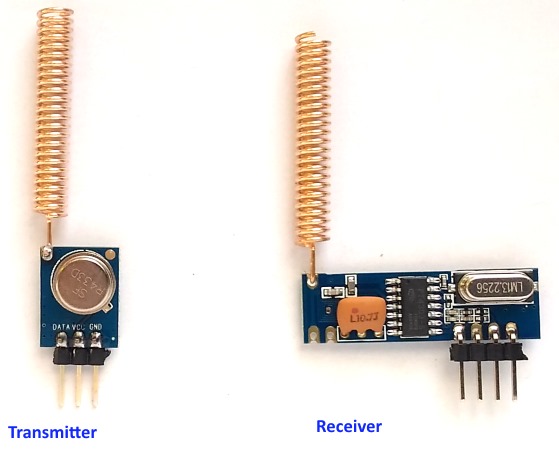Time: 2025-02-05 15:15:05View:
Achieving wireless communication between two FPGA development boards requires integrating a wireless module or transceiver that can interface with the FPGA. Here’s a step-by-step guide:

Depending on the application requirements (range, data rate, power consumption), you can select from the following wireless protocols:
FPGA boards typically do not have built-in wireless capabilities, so an external module must be used. Common choices include:
Since most wireless modules use SPI, UART, or I2C, you need to implement these communication protocols in your FPGA using Verilog or VHDL. Here’s how:
MOSI, MISO, SCK, CSN) to the wireless module.If using NRF24L01, the FPGA SPI master sends data packets to another FPGA via the transceiver. The receiving FPGA extracts the data and processes it.